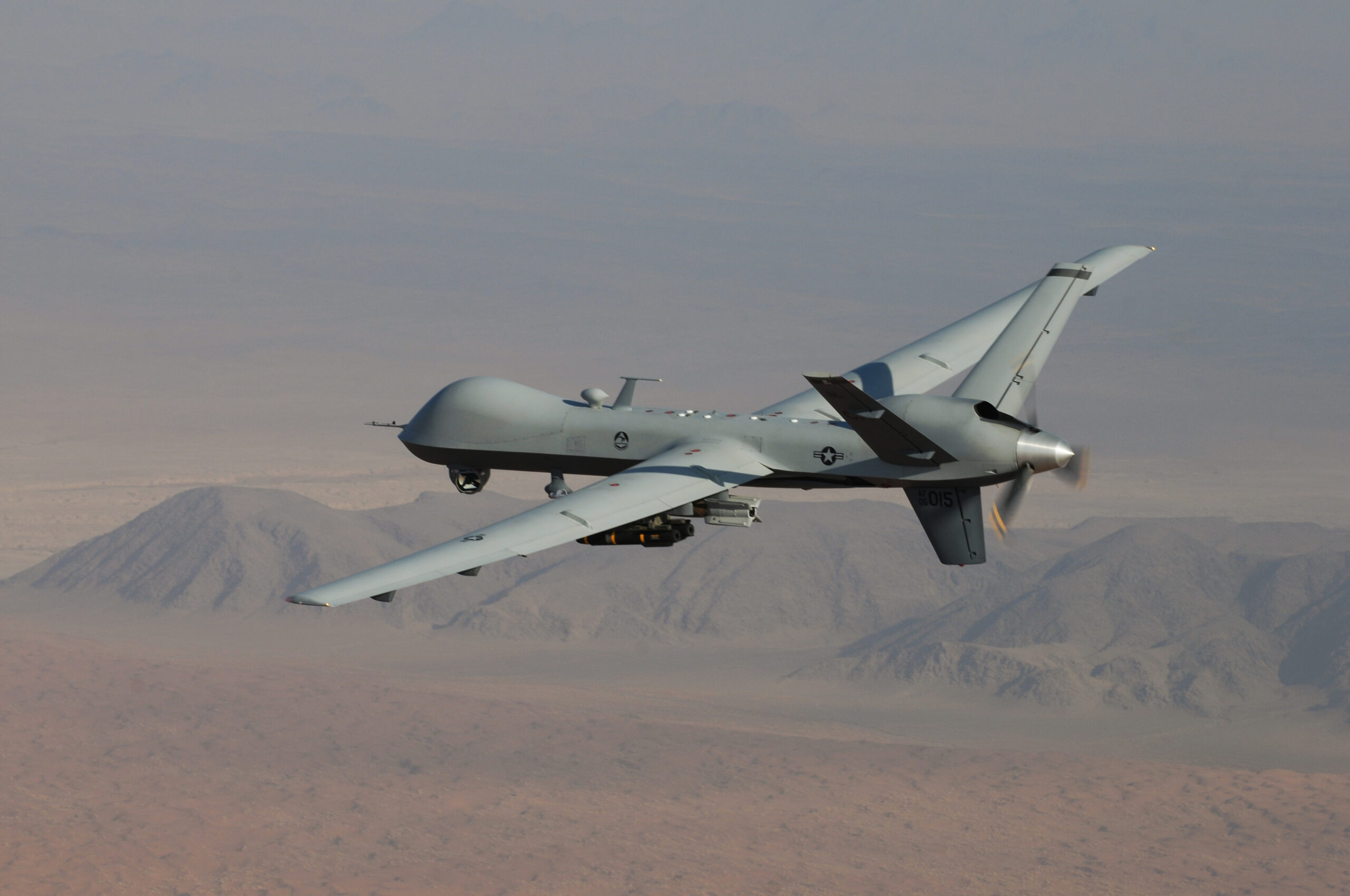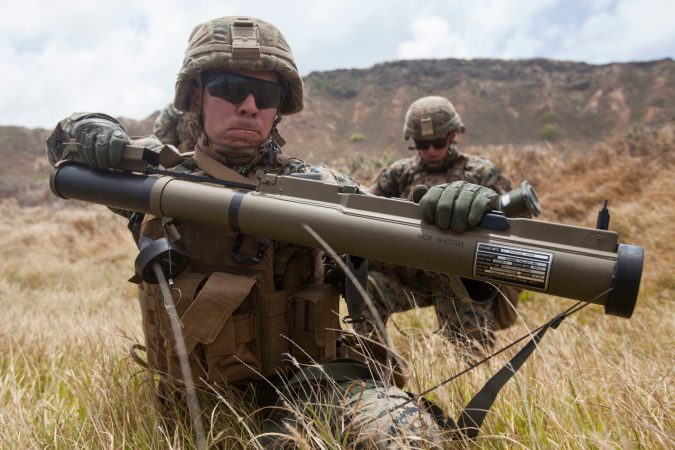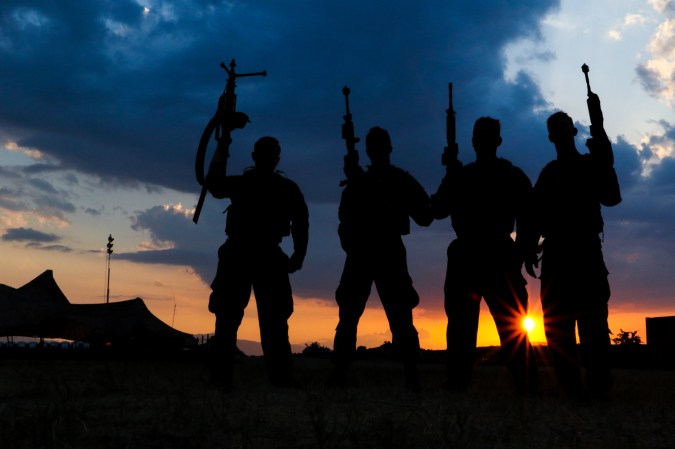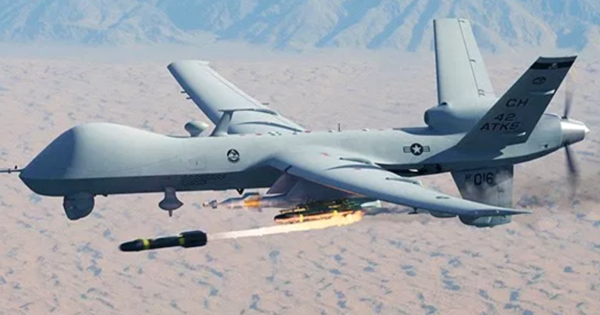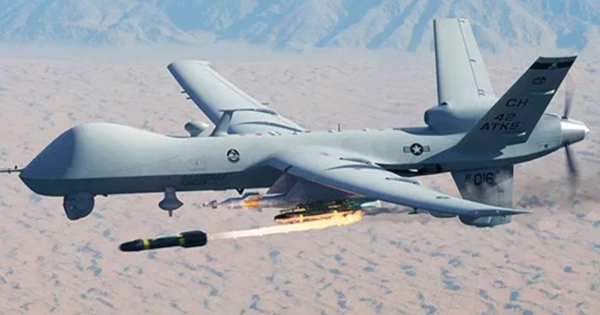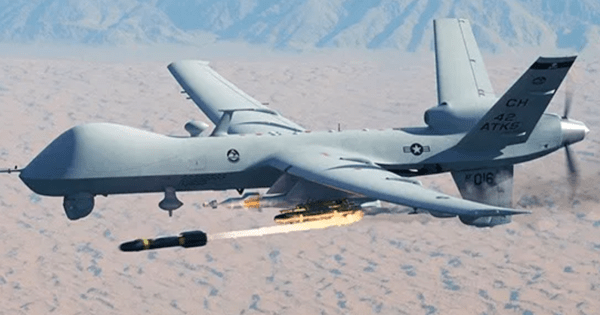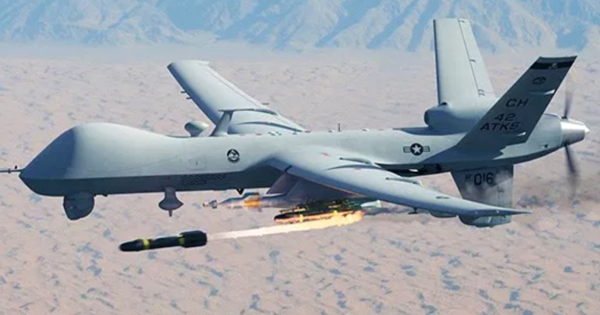With Al Qaeda leader Ayman al-Zawahiri now dead in a surprise drone strike in a well-to-do neighborhood of Kabul, details are coming out about how the operation was carried out. And it looks like the terrorist was likely killed by the R9X missile, also known as the “sword bomb” and the “flying ginsu.”
When announcing the successful operation yesterday, a senior administration official said that two AGM-114 Hellfire missiles were used, fired from a drone flying over the Afghan capital. Reports and images coming out of Kabul suggest it was the R9X variant, a kinetic-driven weapon that releases six razor-sharp blades into a target on impact. Think less ball of fire, more blender. The “ninja bomb,” “flying ginsu” and “sword bomb,” as the R9X is called, has been in use since at least 2017, but Pentagon has not said it utilizes the weapon. Reporting by the Wall Street Journal in 2019 confirmed American usage of the missile.

National Security Council spokesman John Kirby said today that the United States has unspecified “visual confirmation” that al-Zawahiri is dead – which is a big deal considering he had been reported dead several times over the last decade. Images are also coming out showing what is allegedly the building in Kabul where the Al Qaeda leader was living when the attack happened. Instead of a smoldering, burning building from an explosive round, the structure looks more torn apart. The balcony was shredded, but no signs of a massive fire, a sign pointing to the R9X. The blades of the weapon can slice through walls, but al-Zawahiri was apparently on or near his balcony when the strike took place.
Since its existence was confirmed, the R9X has become the apparent go-to missile for U.S. operations against terrorist targets, specifically Al Qaeda-affiliated ones. Those have included regional commanders and trainers. The missile gained operational popularity for a two-fold reason: On one hand, that is because it keeps being effective when used, but the other is from a more strategic need to reduce civilian casualties. The American drone war has taken hundreds of civilian lives – the Bureau of Investigative Journalism puts the death toll at roughly 910 – with reports over the years showing that the U.S. has been undercounting the total. The R9X, with its sword-like elements, is seen as more precise because a large fiery explosion doesn’t come with it. Which also makes it appealing when targeting a sole individual rather than a convoy or moving group.
And that relative low-collateral impact is of particular importance given that the strike was in the heart of Kabul, now controlled by the Taliban since the fall of the U.S.-backed government last year. One of the last prominent drone strikes there was in 2021, in an attempted retaliation for a bombing near Hamid Karzai International Airport, but was directed at the wrong target. The strike killed not only an aid worker but nine others including multiple children, missing the intended terrorist target entirely.
Most reported accounts of the R9X have been in conflict zones in Syria, Yemen and elsewhere in the Middle East and North Africa, but it has allegedly been used in Afghanistan before. A 2019 strike in the Kunduz province was likely done by an R9X missile, according to The War Zone.
For its part the Taliban government has not yet said anything that could identify what kind of bomb or weapon was used in Sunday’s attack. The Guardian, reporting from Kabul, said Taliban guards in the Sherpur neighborhood were trying to restrict access to the block where al-Zawahiri lived. However, locals speaking to multiple outlets said the blast was heard pretty widely, but no big fire was reported. The Taliban government has decried the attack as a violation of Afghanistan’s sovereignty and both it and the United States are currently arguing over al-Zawahiri.
The latest on Task & Purpose
- Florida man attempts to break into Space Force base to warn of alien-dragon space war
- The incredible story of a daring Air Force pararescue mission in the middle of the Atlantic
- No one wants to join the Army this year. Here’s how to fix it
- An Air Force Security Forces truck got impaled by a fighter jet
- A-10 pilot explains how the Warthog’s depleted uranium rounds turn tank armor against itself
Want to write for Task & Purpose? Click here. Or check out the latest stories on our homepage.

